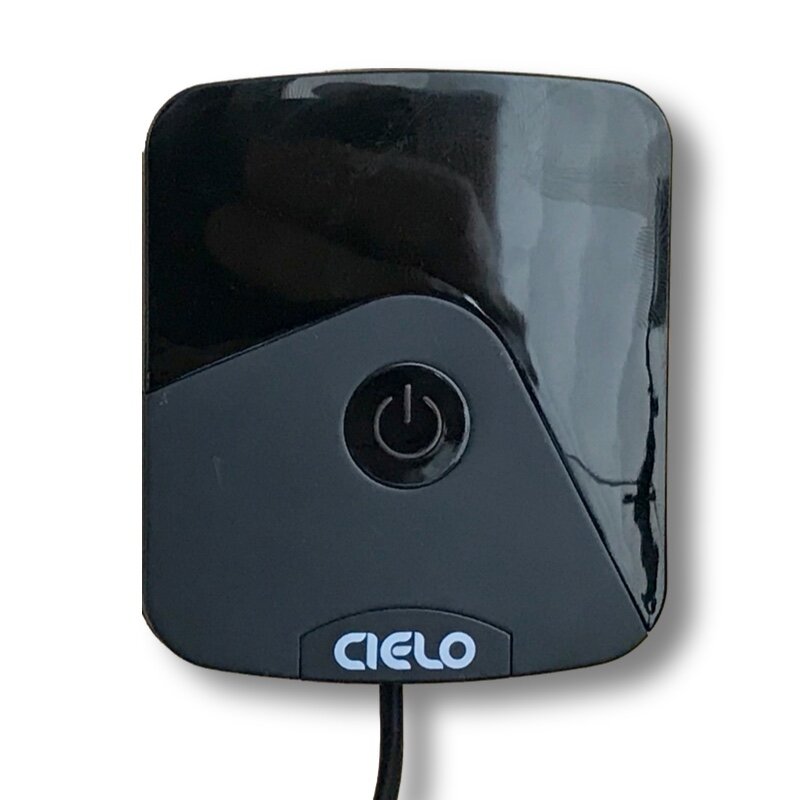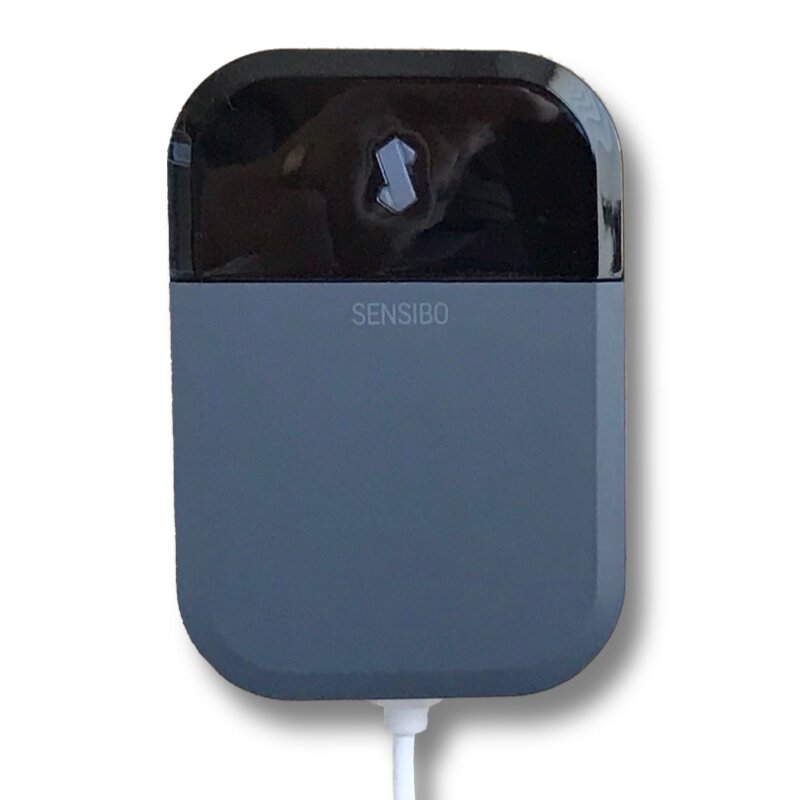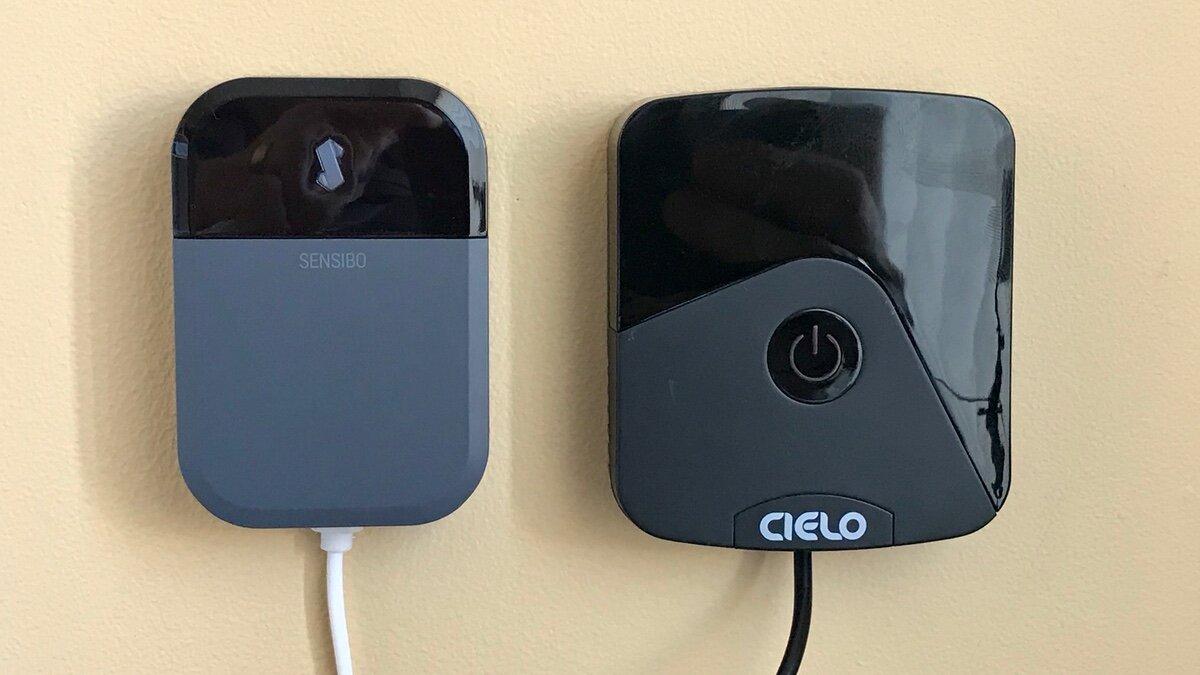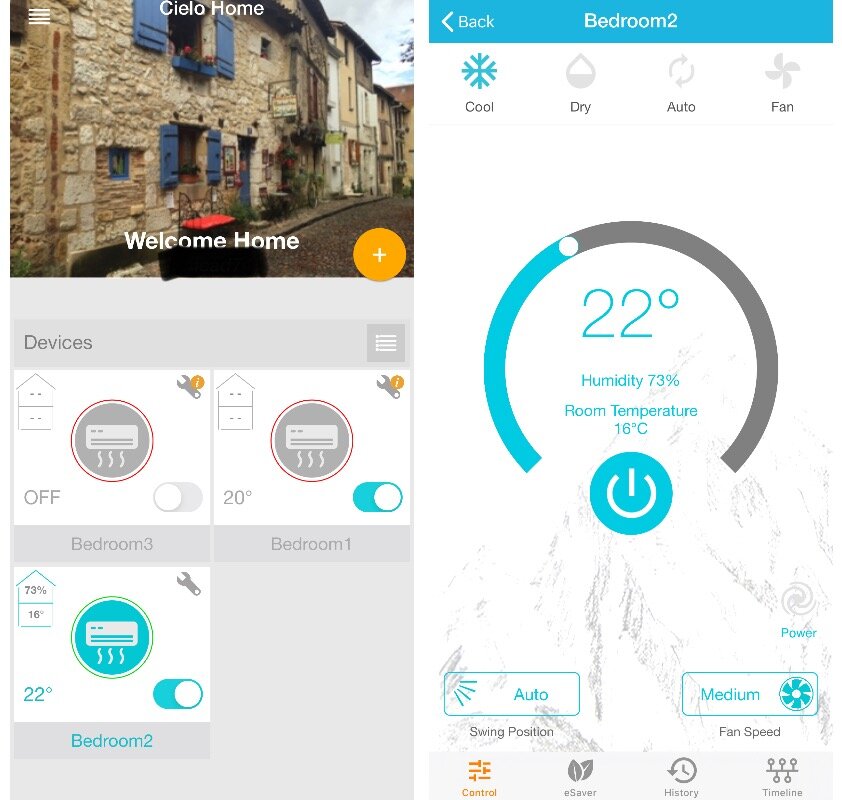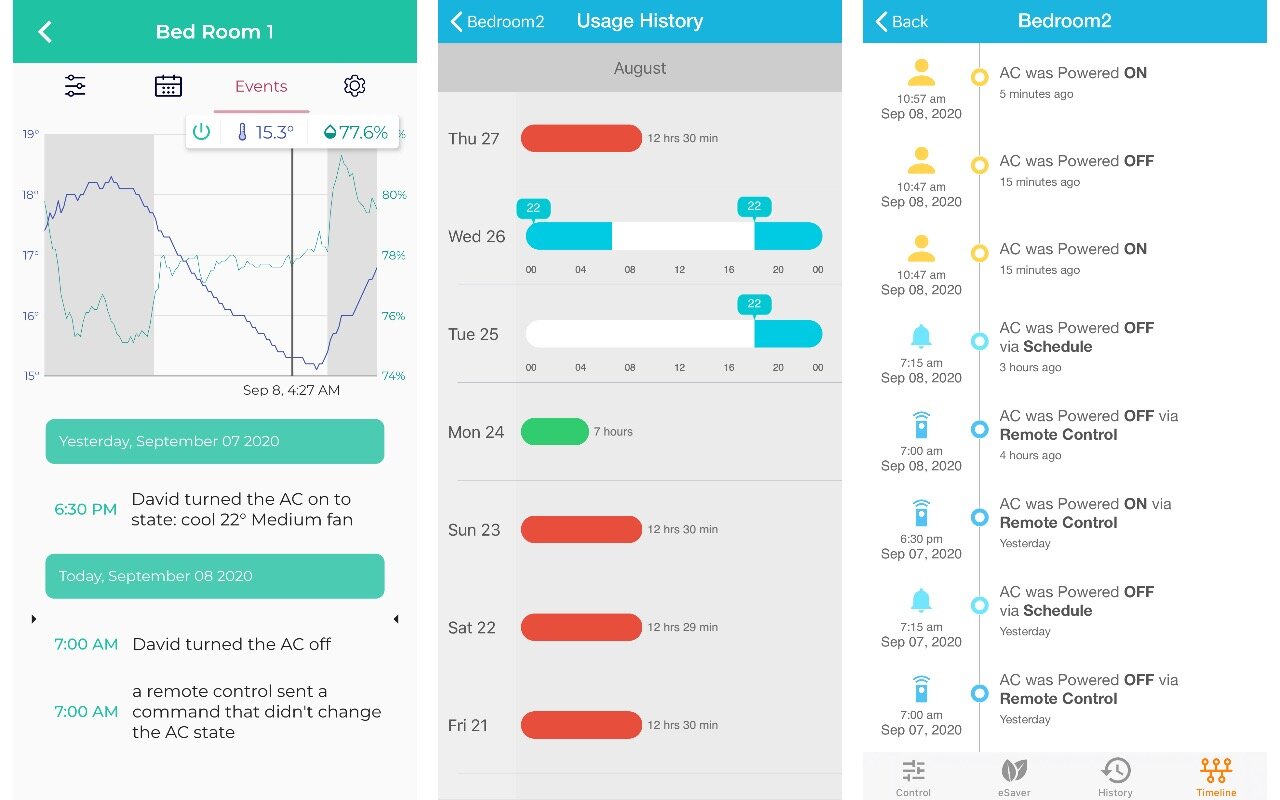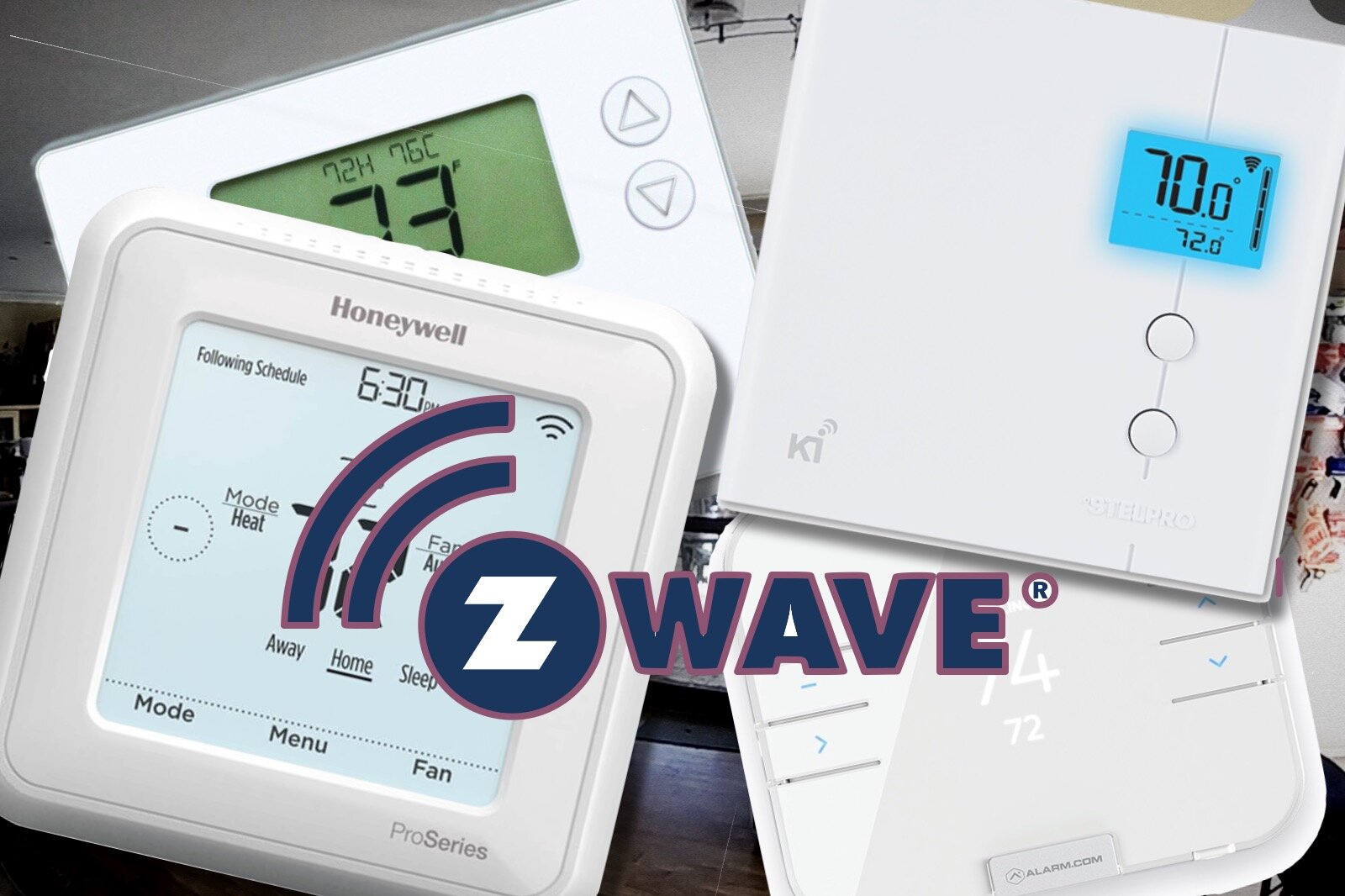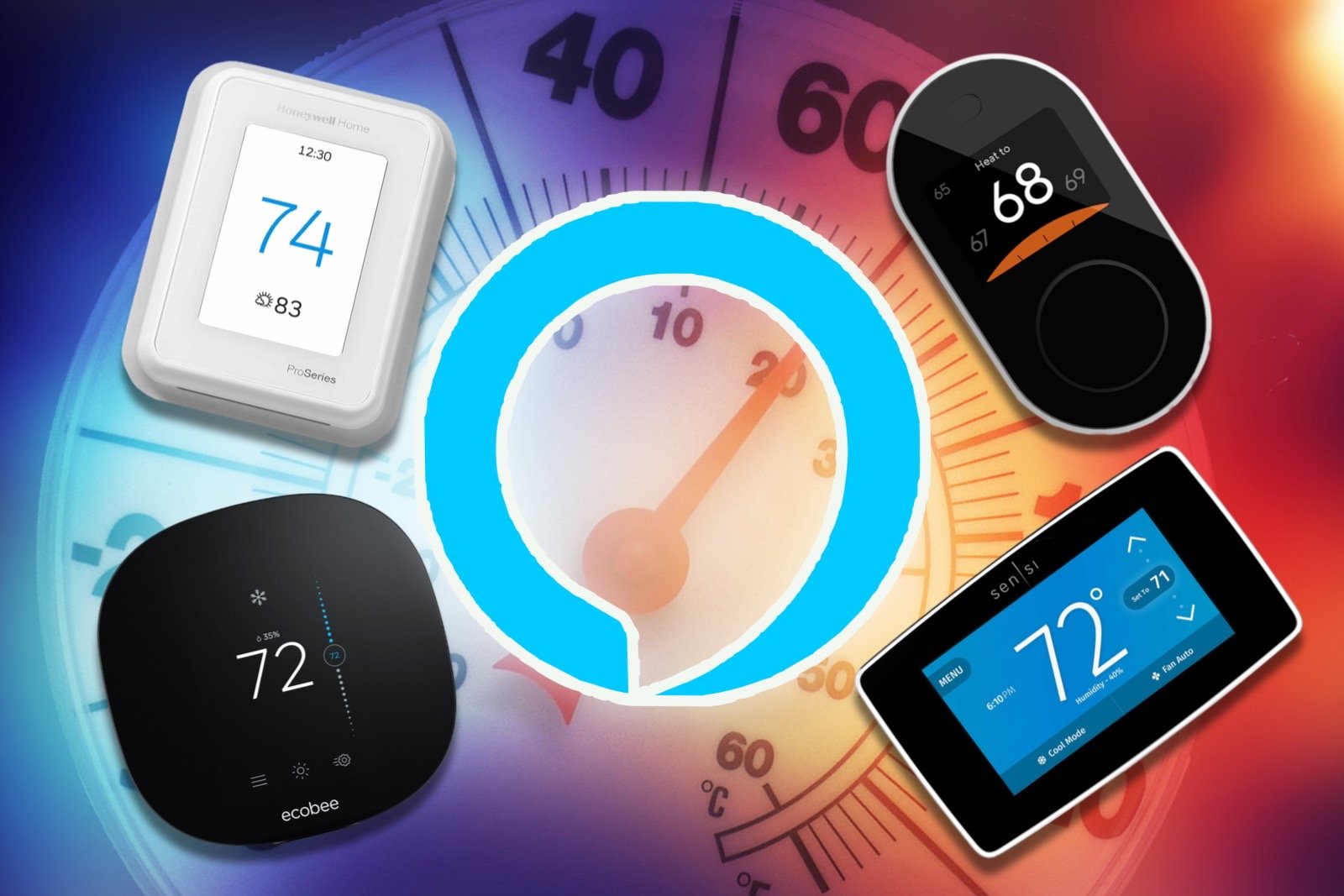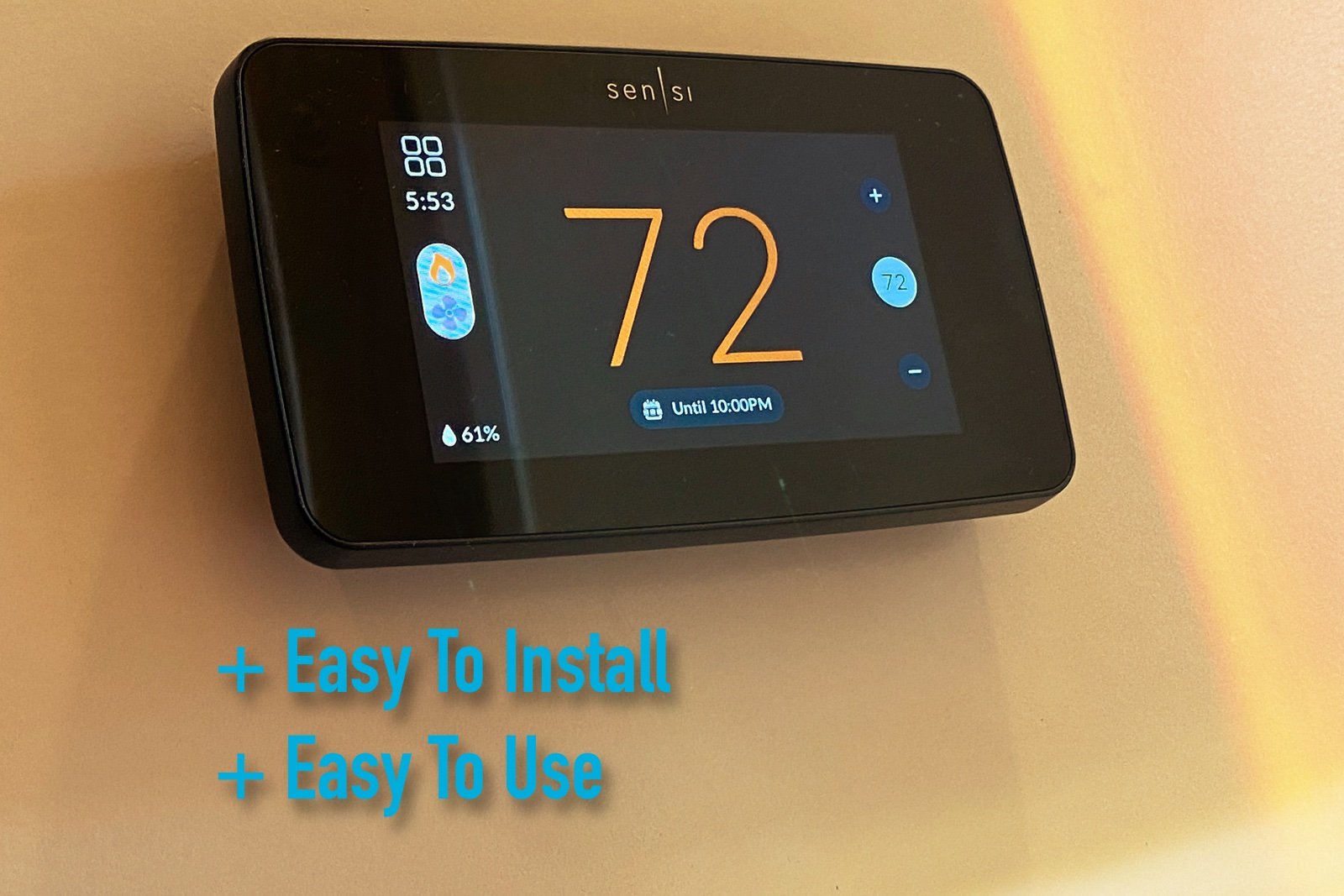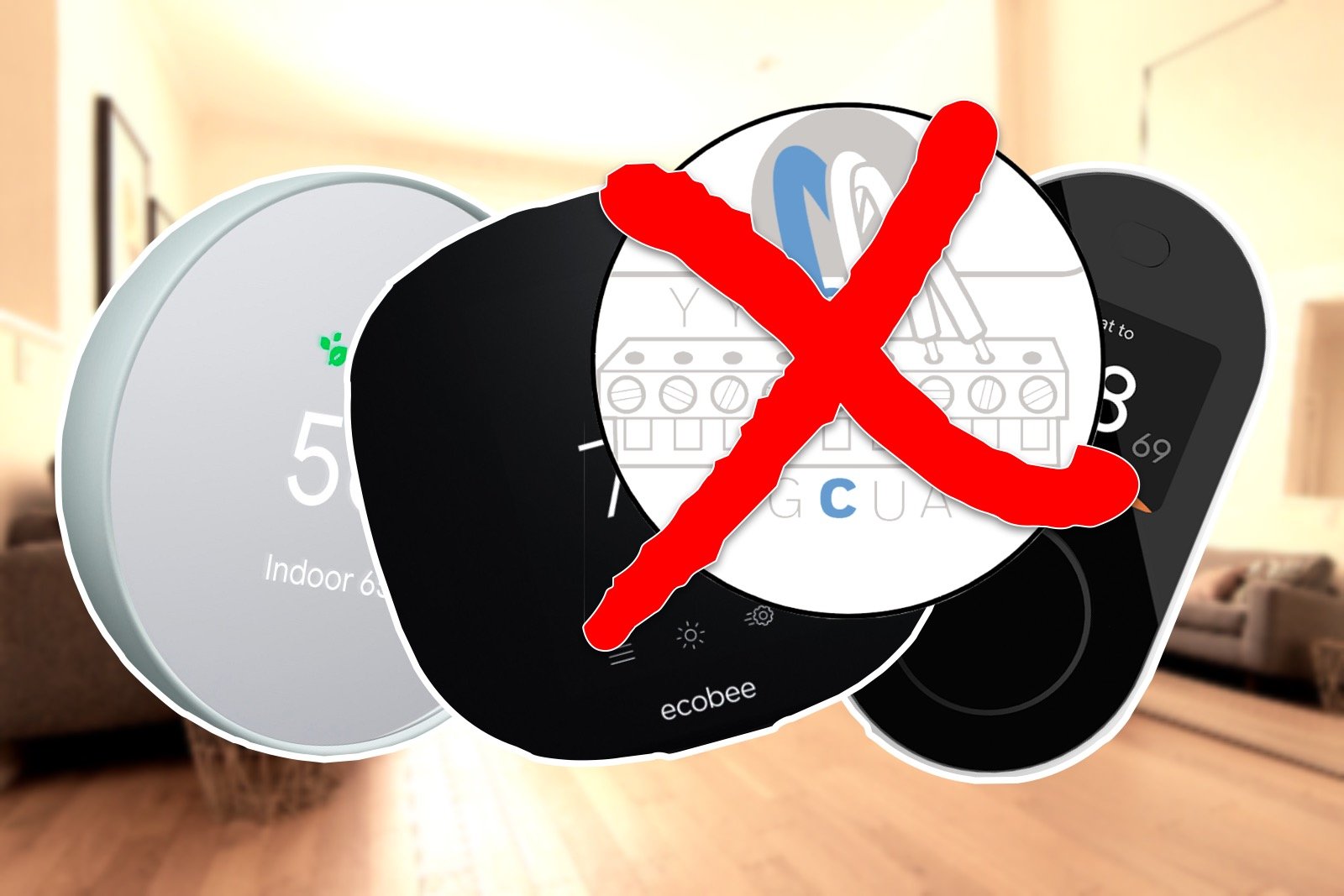Smart AC Control: Sensibo vs Cielo
When you buy through links in this article, I may earn an affiliate commission. Learn More.
Updated: 8 September 2020
Smart thermostats are a mainstay of the smart home device landscape, and often an entry point for many on their smart home journey. There are many options available today covering a wide range of platforms and in most countries, but what if you don’t have a centrally controlled heating or cooling system? For those with standalone air conditioners, whether in-wall or split systems, there are a few options that provide very similar capabilities.
Sensibo has been a market leader in this area, but newer brand Cielo has a very competitive product in their Cielo Breez range. I’ll be specifically looking at the Breez Eco as it’s the closest match for the Sensibo Sky in terms of functionality and form factor. The Breez Plus offers some additional benefits, and you can check those out in this comprehensive Cielo Breez review.
The Contenders
Both the Cielo Breez Eco and the Sensibo Sky are essentially network connected remote control emulators that are packaged in a small plastic case. In both cases the top portion of the case is an infra-red transparent plastic which allows the IR signal to be sent to the air conditioner. They both come with a micro USB cable and a power adapter. The Sky has a few international variants, but the Breez only comes with a US Type A configuration. This isn’t a big deal, however, as any USB charger can be used for either device.
Each device has integrated temperature and humidity sensors to provide monitoring of the room condition, as well as triggering some automation capabilities through their respective apps. Both also use 2.4GHz b/g/n WiFi only, and have no other protocol support.
The two devices are intended to be wall mounted, with the Sensibo Sky coming with a pre-attached adhesive pad. Mounting is a simple matter of removing the backing strip and pressing it to the wall. It holds well, but it’s a one time thing so you need to be sure of the placement first. Alternatively, the Breez comes with both a strip of double-sided tape, and two screws with wall plugs. The latter can be used to hang the Breez using the two keyhole slots on the back if you prefer something sturdier than the tape. The Breez also comes with an optional desk stand, which can be snapped into place on the back and allows the device to be placed on a tabletop, night stand, desk or whatever.
The reason you may want to use the desk stand is not only for easier relocation, but because the Breez Eco includes a touch sensitive manual on/off control on the front. This is distinct from the Sensibo Sky which has no user interface to speak of, barring the pinhole reset button on the side. In terms of status indication, both devices use a simple flashing LED to indicate various states such as during setup, to show loss of internet connection, or similar errors. They also both flash the LED once when a signal is sent to the AC to give a confirmation that they responded to a command. On the Breez, the LED is integrated with the on/off control, while the Sky uses it’s logo in the top portion of the case.
Installation
Side-by-Side Comparison
Both of these devices need to be controlled via their respective smart phone apps which are freely available on the App Store and the Play Store in both cases. You’ll need to create an account in either case, as the primary control of the devices is managed by a cloud service. This is required to allow for connectivity with your device from outside your home WiFi network, and to enable things like account sharing for multiple family members. This also has a security benefit, as it means you can set up the devices in a guest network, which provides protection against any security flaw on the devices being used by hackers to gain entry to your home network.
The apps step you through the device setup in a fairly typical fashion. In both cases you need to connect to an ad-hoc WiFi network created by the device when it first boots in order to provide your WiFi network details for it to join. Once on the network, you’ll be able to program your AC settings so the device can communicate with it. Both the Breez and the Sky have you point the air conditioner remote at the device and press the on/off button. This provides enough info to their cloud service to match the command set, and then you should be done.
Manual setup may also be required if either device fails to match the remote after a few tries. This is simple enough on the Breez app, as the manual setup process is easily accessed from the device settings, but for the Sensibo, you need to log into the website and do it from there. Having tried three different AC models, I didn’t have any issues with auto detection, and both devices have extensive model support. You can check for yours here for Cielo, and here for Sensibo.
Basic Operation
The Sensibo and Cielo offerings here are very comparable. Both devices are intended to provide smart phone control of a single air conditioner via an app, with the app enabling the management of multiple devices throughout the home. They both connect to a back end cloud service which provides encrypted connectivity between the device and the app (they don’t communicate directly), which means they don’t function without an internet connection. Finally, they both offer a similar range of ‘smart’ features which provide value added capabilities beyond just having remote control on your phone.
In terms of manual control, both apps provide an intuitive experience. From the home screen in the respective apps, you select an air conditioner to control from a list. This will open a control page for that unit, dominated by a central temperature setting dial and an on/off button. Surrounding that are buttons to set other mode options, and both have controls for swing position/mode, fan speed, and operating mode (cool, heat, dry etc). Sensibo has a few extras though, being a delay Timer option, and a Quiet mode toggle if your AC model has that feature. Both of these displays also include the current temperature and humidity readings clearly.
A big chunk of home screen real estate is taken up by Cielo with a ‘home’ image. This is a customizable photo, but other than cosmetic appeal it seems a bit excessive. Sensibo offers a more functional list of devices, not only with current temperature and humidity for the room, but also with status icons representing the state of various smart features for that unit.
Given the low cost nature of the sensors in these devices they both offer a calibration feature to adjust the reported temperature and humidity, with Cielo providing this in app via the spanner icon and Sensibo requiring you to log into the website and go to Advanced settings on the device page. While it’s not something you would need to do often, having no mention in the app means a lot of Sensibo users won’t even know it’s possible.
Sensibo Manual Controls
Cielo Manual Controls
Automation Features
It is the smart features where we start to see some differences between the two. Although the feature sets are competitive, the implementation varies somewhat. There would have been a bigger gap here as when I first reviewed the Cielo Breez range I noted a number of deficiencies. Since then Cielo has moved to remedy most of those in their latest software update, but not all.
Scheduling
Scheduling is a fairly basic feature, and something you can do in a limited sense with the air conditioner’s own remote in many cases. Doing it through a smart app is not only a lot easier, but allows for multiple scheduled events. Sensibo places this front and center on the control screen with a calendar icon, Cielo’s is similar but an extra step behind the eSaver option. Both allow you to set any number of scheduled actions for any of your devices. Each scheduled action defines a trigger time and the exact air conditioner settings you want, this can then be set to run on multiple days of the week as required.
Automated Triggers
Beyond just basic scheduling, smart AC controllers can, and should, offer a more intelligent option to define automated behaviors based on environmental conditions. Both devices do this, Sensibo with their Climate React feature, and Cielo with Comfy Mode.
Both of these features essentially allow you to define rules for what the AC should do when the temperature or humidity go above or below various values.
This works by setting an upper and lower range (temperature for example) and an action. This action could be to turn the AC off, or to turn it on with specific settings (mode, temperature and fan speed). Both devices offer exactly the same functionality in this regard.
As an example you could have a rule set to turn off the AC as the temperature falls below a certain threshold, and have it turn on in cooling mode above are certain threshold. Alternatively, you might have the lower threshold set low enough to turn on the AC in heat mode to cover all seasons. These rules can be configured per device, so you can have different behaviors for each AC in the home.
Geofencing
Geofencing is offered by both devices, which I would consider an important feature if you’re looking for energy savings. Being able to have your AC turn off when everyone leaves the house and turn on again as someone approaches is a practical automation opportunity with real benefits. From a single user standpoint, both apps work similarly by giving you the option to turn each individual device on or off as you arrive or leave at given radius. The radius is configurable in both cases, with Cielo having a 1-10 mile range, and Sensibo offering a more granular 300ft to 5 miles.
Beyond that basic functionality, Sensibo offers a smarter option by additionally allowing their Climate React feature to be turned on and off instead of, or along with, the AC itself. This requires the Sensibo Plus subscription though, otherwise you’re limited to basic on/off behavior. Being able to automate the AC by presence and environment makes for a much smarter rule set, and should allow pretty much autonomous operation.
More importantly, Sensibo offers true multi-user support, with the ‘last to leave/first to arrive’ functionality that goes along with that. What this means is that in a home with multiple residents, you can share the devices with other members of the household, each having their own Sensibo account, and the geofencing can sensibly respond to that scenario where no one is home, or anyone arrives. Cielo currently does not provide account sharing, but has advised me that they are working on it.
Testing the Sensibo account sharing and the geofencing behaviors, I had some issues. Sharing a device has a trap for the unwary in that if you send a sharing invite to someone who hasn’t already installed the app and created their own account it will fail and instead prompt the new user to install a new device. I’ve had inconsistent results with Sensibo’s geofencing, where even with a shared device, I still had it regularly turn off the AC when one person left the house and the other was home.
Beyond the core functionality, the navigation approach taken by the two device makers is apparent here. Sensibo has a cog button to give access to various device-specifc configuration options, where Cielo has most of these located under the spanner icon on the home page for each device. Conversely, Cielo has their smart features (scheduling and location control) on this page under eSaver, where Sensibo places those centrally on the home screen for all devices. The Timeline option you can see on the Cielo device screen provides a log of any controller activity for that device, including any external IR signals that were detected (say, by the normal remote control). Sensibo has the exact same feature located under the cog icon called Recent Events.
Reporting
Sensibo (Left) and Cielo (Right) History
Event History
When letting smart devices run things automatically it’s good to be able to see what was going on in case things don’t appear to be as you would expect.
While Sensibo and Cielo both offer some level of event reporting, Cielo gets a star for this one by keeping up to 30 days of operating history and event information. In both cases you’ll see when the AC was turned on or off, to what setting, and by what source. This is nice, because both devices will detect if the normal remote was used and record that action as well.
Sensibo has a nicer looking page, including a graph of temperature and humidity, but it’s limited to 24 hours. The longer history can be potentially useful for monitoring your schedules and usage by other household members, but I’m not convinced it’s a big loss for Sensibo users.
Notifications
Finally, we come to notifications. While both devices can send comprehensive notifications to your phone when events occur, there is some differences in handling. Sensibo provides granular notification controls, allowing you to enable each category specifically. This includes errors, scheduled activation, location triggers, Climate React, and promotional messages. Cielo, only allows you to turn notification on or off as a whole. What’s worse is that it will notify of every manual change to the AC settings as well as automated activity. This makes it particularly spammy if you have other folks using the app regularly, and it’s all or nothing. As such, you’re likely to go with nothing in many cases.
Conclusion
Both brands have produced pretty solid entries in the standalone AC control market. The Sensibo Sky and the Cielo Breez Eco are very comparable on features, with the key standout being the inclusion of Climate React by Sensibo. Cielo’s (virtually identical) equivalent is now available on both the more expensive Breez PLUS model and the ECO with a firmware update. Sensibo wins out on notifications by providing better control and more practical alerts, and also offers multi-user device sharing which the Breez lacks.
I find the Sensibo app to be slicker and more polished in terms of navigation and design, but the chunkier design choices of Cielo are not without appeal and shouldn’t really be a factor in a purchase decision as functionality is not in any way compromised. Both apps were responsive, with a comparable few seconds delay on start to connect to the back end. I’ve also found both cloud services to be fairly reliable over long term testing.
Integrations favor Sensibo as well as they support IFTTT and an open API (this allows full HomeKit integration via a good Homebridge plugin) in addition to the Alexa, Siri Shortcuts, and Google Assistant support offered by Cielo.
Cielo is the newer player here, and they are working on upping their game on software features as evidence by their recent updates, but they still have a little ways to go. This is reflected in their pricing though, as they usually come in a bit less than the Sky, so if you aren’t phased by multi-user support or automated triggers, you may find a better deal going with Cielo.

